I have the following linearized plot:
a and b are vectors with data, c is a constant. The task is find a value of c that maximizes R^2 for a linear regression
a <- c(56.60, 37.56, 15.80, 27.65, 9.20, 5.05, 3.54)
b <- c(23.18, 13.49, 10.45, 7.24, 5.44, 4.19, 3.38)
c <- 1
x <- log(a)
y <- log((c*(a/b))-1)
rsq <- function(x, y) summary(lm(y~x))$r.squared
rsq(x, y)
optimise(rsq, maximum = TRUE)
